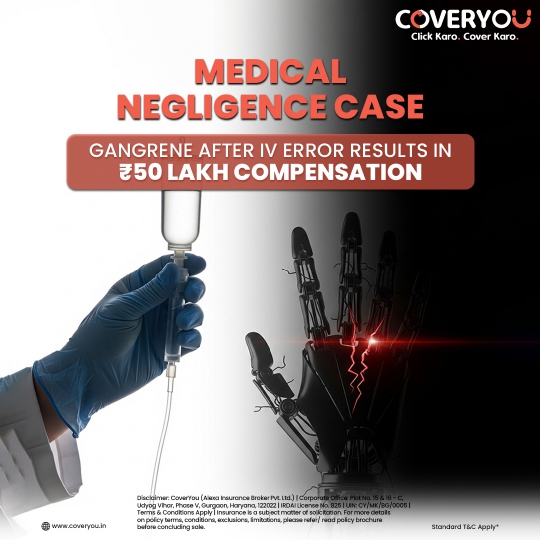Medical advancements have transformed patient care, offering faster diagnoses, better treatments, and increased survival rates. However, alongside innovation comes an increasing burden i.e. legal liability. Doctors today not only strive to save lives but also navigate a complex web of lawsuits, regulations, and ethical dilemmas. Striking the right balance between adopting innovation and avoiding liability risks is a challenge every medical professional faces.
The Pressure on Doctors
Doctors are at the forefront of medical breakthroughs, yet they remain under constant scrutiny. One misdiagnosis, surgical error, or treatment complication can lead to legal action, even when they follow best practices. This fear of litigation has given rise to defensive medicine, where doctors order unnecessary tests and procedures to avoid potential lawsuits rather than focusing on what the patient truly needs. This approach not only burdens healthcare systems but also increases patient costs.
The Impact of Technology
Technological advancements like AI-powered diagnostics, robotic surgery, and telemedicine have revolutionized healthcare. While these tools enhance precision and accessibility, they also introduce new liability concerns. If an AI misdiagnoses a patient, who is responsible—the doctor or the software developer? In robotic-assisted surgeries, is it the machine, the manufacturer, or the surgeon at fault in case of complications? These grey areas create additional stress for medical professionals.
The Rising Threat of Lawsuits
Medical negligence lawsuits are on the rise, with doctors facing accusations for unavoidable complications. Many cases result from unrealistic patient expectations. Not all treatments guarantee success, yet doctors are often blamed for negative outcomes. The suicide of Dr. Archana Sharma in 2022, after being falsely accused of medical negligence, highlighted the immense mental toll on doctors due to legal pressures. The fear of litigation pushes many skilled professionals out of practice, worsening the doctor-patient ratio.
Striking a Balance
So, how can doctors embrace innovation while reducing liability risks? Here are some key solutions:
- Clear Communication: Setting realistic expectations with patients helps prevent misunderstandings. A well-informed patient is less likely to blame the doctor for unforeseen complications.
- Ethical AI and Technology Use: Healthcare providers should advocate for clear legal frameworks that define accountability when using AI and robotic tools.
- Professional Indemnity Insurance: Investing in strong legal protection ensures doctors have support in case of lawsuits.
- Continual Learning & Documentation: Staying updated with medical advancements and maintaining detailed patient records can serve as a defense in legal cases.
- Stronger Legal Protections for Doctors: Governments must protect medical professionals from baseless accusations and ensure fair investigations in malpractice claims.
Final Thoughts
Doctors dedicate their lives to healing, yet they face immense legal and emotional pressures. Innovation in medicine should be embraced, not feared. However, without proper legal safeguards, many doctors will continue practicing in fear rather than confidence. The healthcare system must evolve to protect both patients and doctors, ensuring that medical progress benefits all without becoming a liability trap.
















